Volcanoes
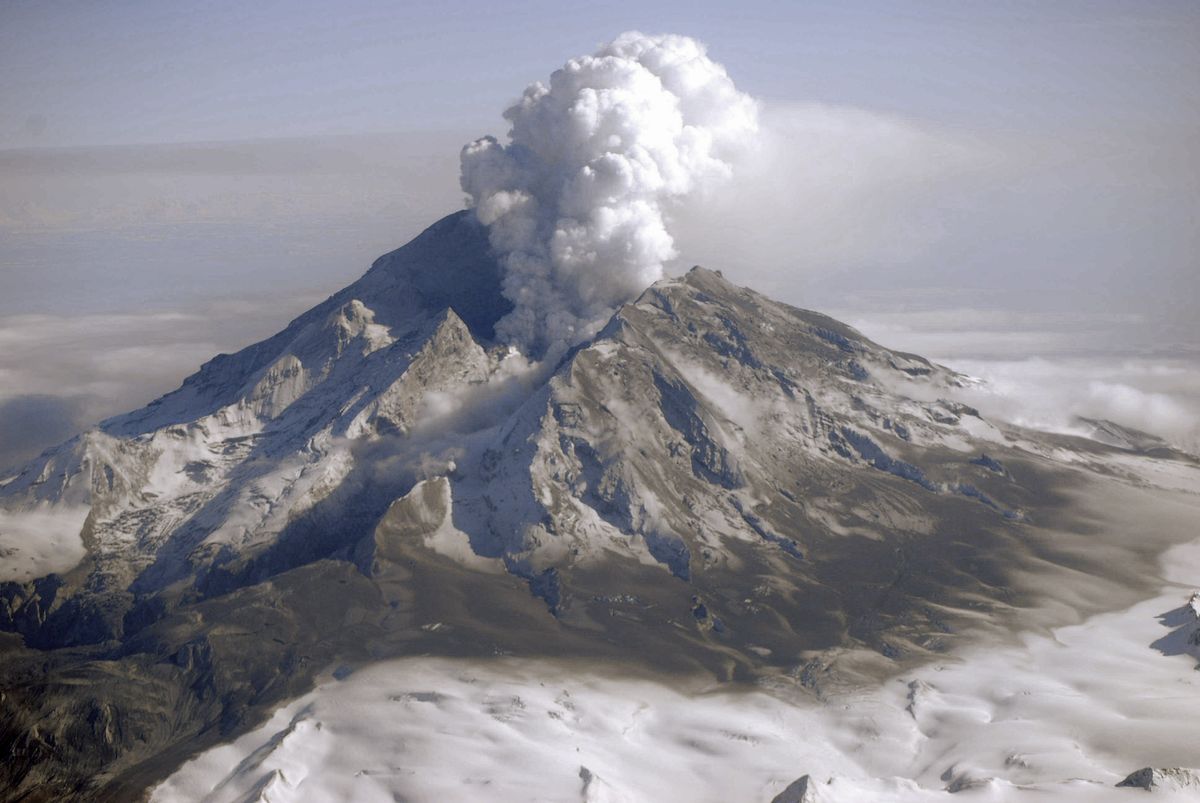
The U.S. Geological Survey defines a volcano as a vent in Earth's surface, either on land or on the seafloor, from which molten rock called magma, as well as ash and gases, can erupt or ooze. Different types of volcanoes erupt in different ways, with some erupting spectacularly and others, most notably Hawaii's shield volcanoes, steadily oozing lava. There are different types of volcanoes, including stratovolcanoes, shield volcanoes and cinder cones, and different types of lava and other volcanic flows. Volcanoes can be active, dormant or extinct. Most of Earth's volcanoes are located along the Pacific Ring of Fire, where many of Earth's tectonic plates subduct beneath another plate. Currently volcanic eruptions cannot be predicted, though most of the big, active volcanoes are routinely monitored and authorizes warn when they think an eruption is likely. Read below for the latest news on volcano monitoring and research, current volcanic eruptions and to see amazing pictures of volcanoes.
Latest about Volcanos
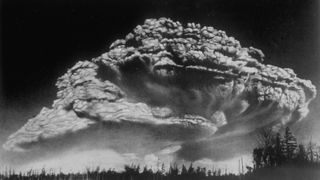
Russia's Bezymianny volcano blew itself apart 69 years ago. It's now almost completely regrown.
By Stephanie Pappas published
A 1956 eruption collapsed much of the Bezymianny volcano in Kamchatka, Russia, but frequent eruptions since — including a large event in November — means it has now almost completely regrown.
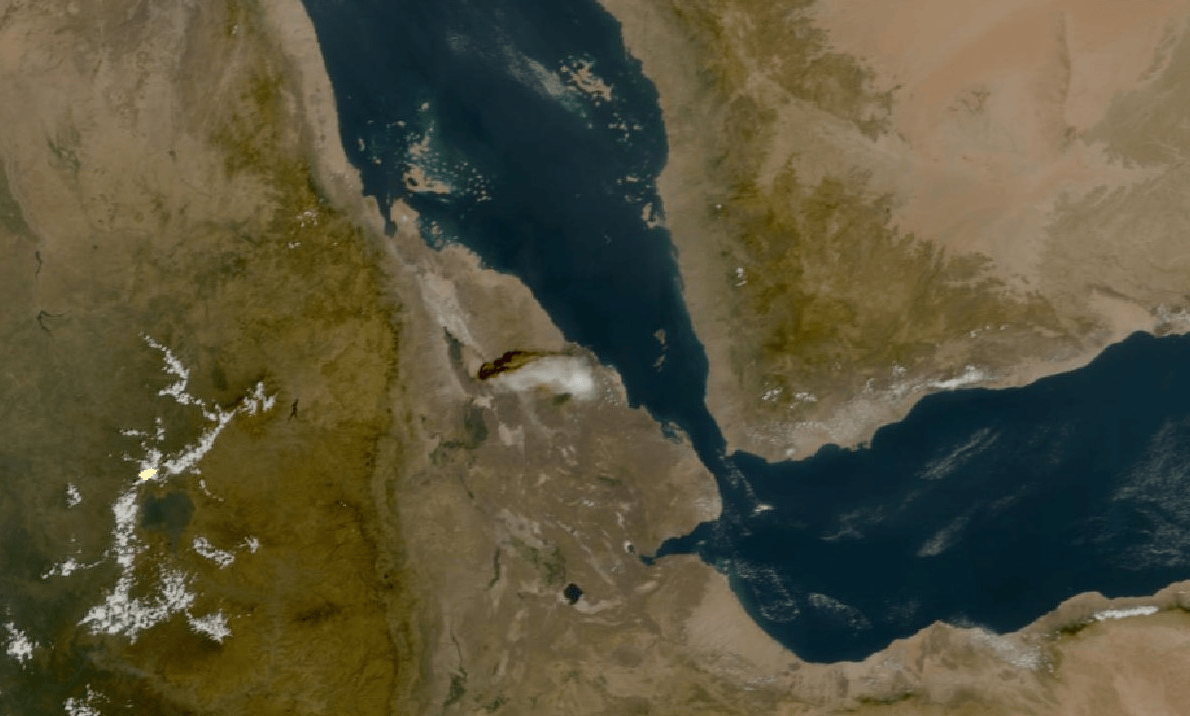
'Like a sudden bomb': See photos from space of Ethiopian volcano erupting for first time in 12,000 years
By Skyler Ware published
Hayli Gubbi, a shield volcano in northern Ethiopia, erupted for several hours on the morning of Sunday, Nov. 23 — the first eruption since the start of the Holocene.

Eruptions of ocean volcanoes may be the echoes of ancient continental breakups
By Stephanie Pappas published
Waves in Earth's mantle created by the rifting of continents may peel the planet's crust from below, feeding volcanoes in the middle of the ocean.
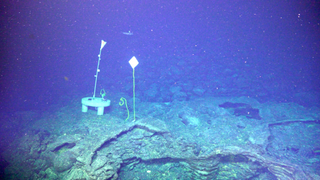
Underwater volcano off Oregon coast likely won't erupt until mid-to-late 2026
By Sascha Pare published
Researchers thought that Axial Seamount might erupt in 2025, but recent data suggest the underwater volcano could take a bit longer to blow its top.
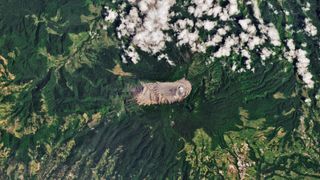
Extreme 'paradise' volcano in Costa Rica is like a piece of ancient Mars on our doorstep
By Harry Baker published
Earth from space A 2025 satellite photo captures the stark contrast between the barren Poás volcano and the surrounding Costa Rican jungle. The volcano's super-acidic lake provides the perfect analog for studying how hardy microbes may have emerged on Mars billions of years ago.
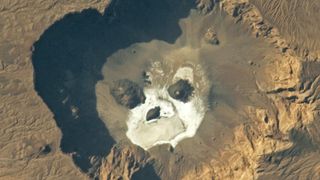
Glowering 'skull' stares upward from a giant volcanic pit in the Sahara
By Harry Baker published
Earth from space A 2023 astronaut photo shows off an unusual cranium-like structure appearing to stare up into space from the floor of a large volcanic caldera in Chad.
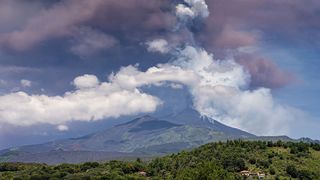
Scientists discover new way to predict next Mount Etna eruption
By Sascha Pare published
Researchers analyzed changes over time in the ratio of small earthquakes to bigger ones beneath Mount Etna and found a strong correlation with the volcano's activity over the past 20 years.
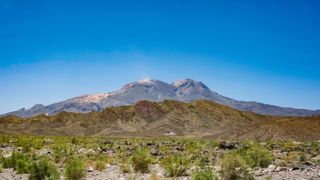
An Iranian volcano appears to have woken up — 700,000 years after its last eruption
By Stephanie Pappas published
Taftan volcano near the border of Pakistan has shown signs of unrest in recent years.
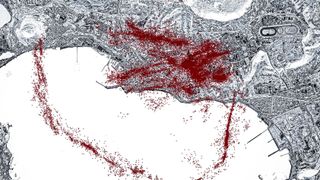
AI reveals hidden 'ring fault' that is unleashing earthquakes at Italy's Campi Flegrei volcano
By Sascha Pare published
A new AI tool reveals that Campi Flegrei experienced more than 54,000 earthquakes between 2022 and 2025. By mapping these events, researchers discovered a huge, crisp, ring-shaped fault.
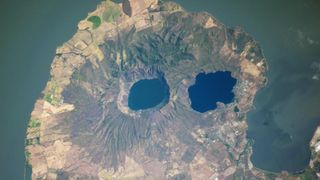
Volcanic 'googly eyes' stare into space from skull-like peninsula
By Harry Baker published
Earth from space A 2014 astronaut photo shows a pair of volcanic lakes appearing to stare up into space from the Chiltepe Peninsula of Nicaragua's Lake Managua. These "eyes" and "skull" were created by violent eruptions thousands of years ago.
Get the world’s most fascinating discoveries delivered straight to your inbox.


